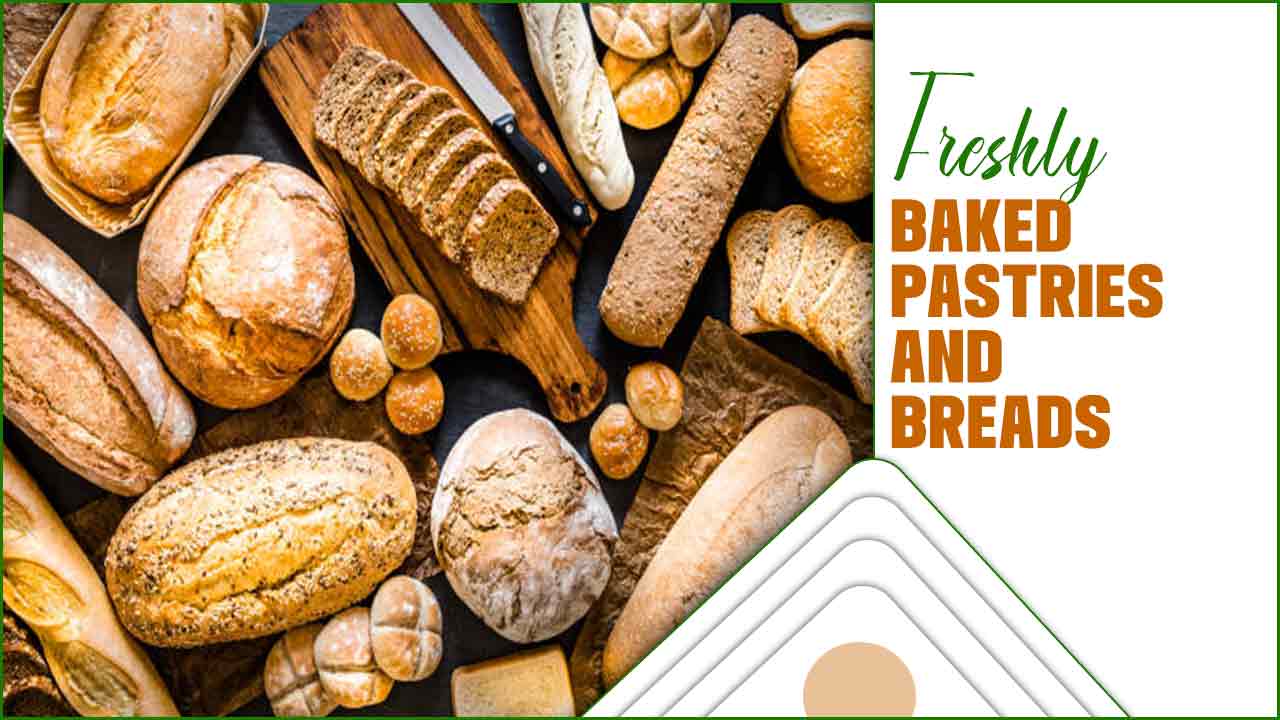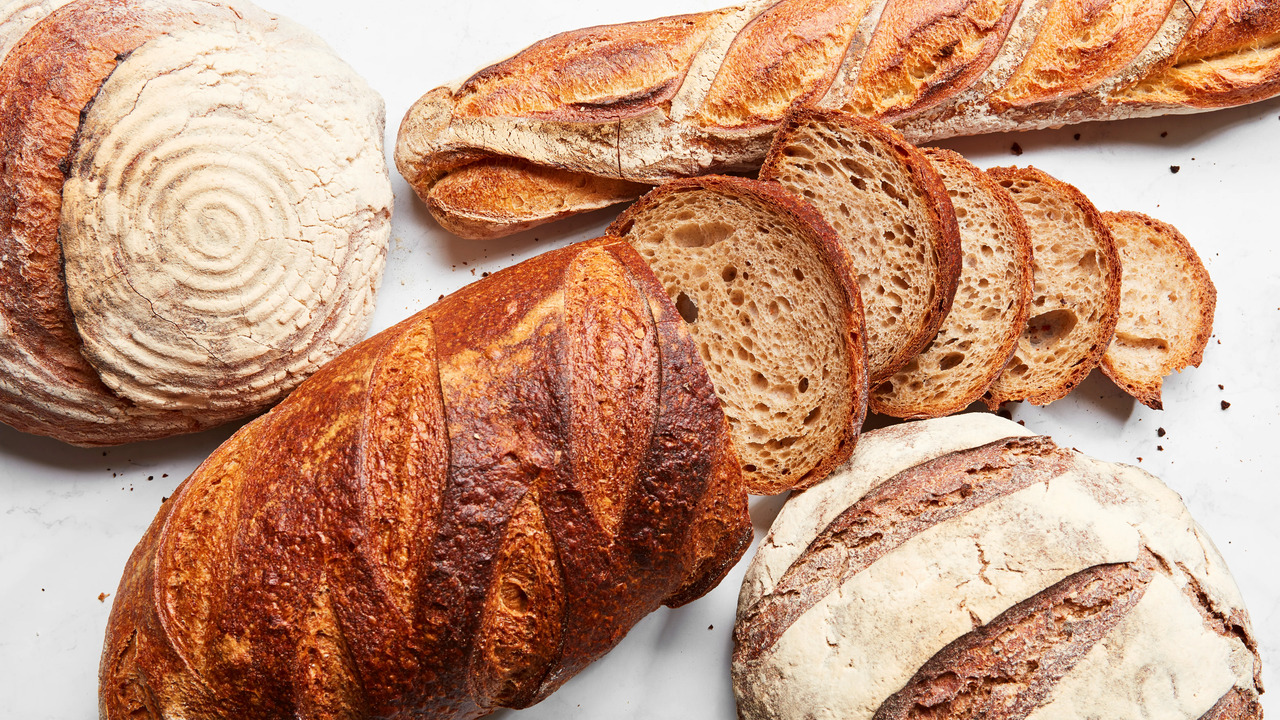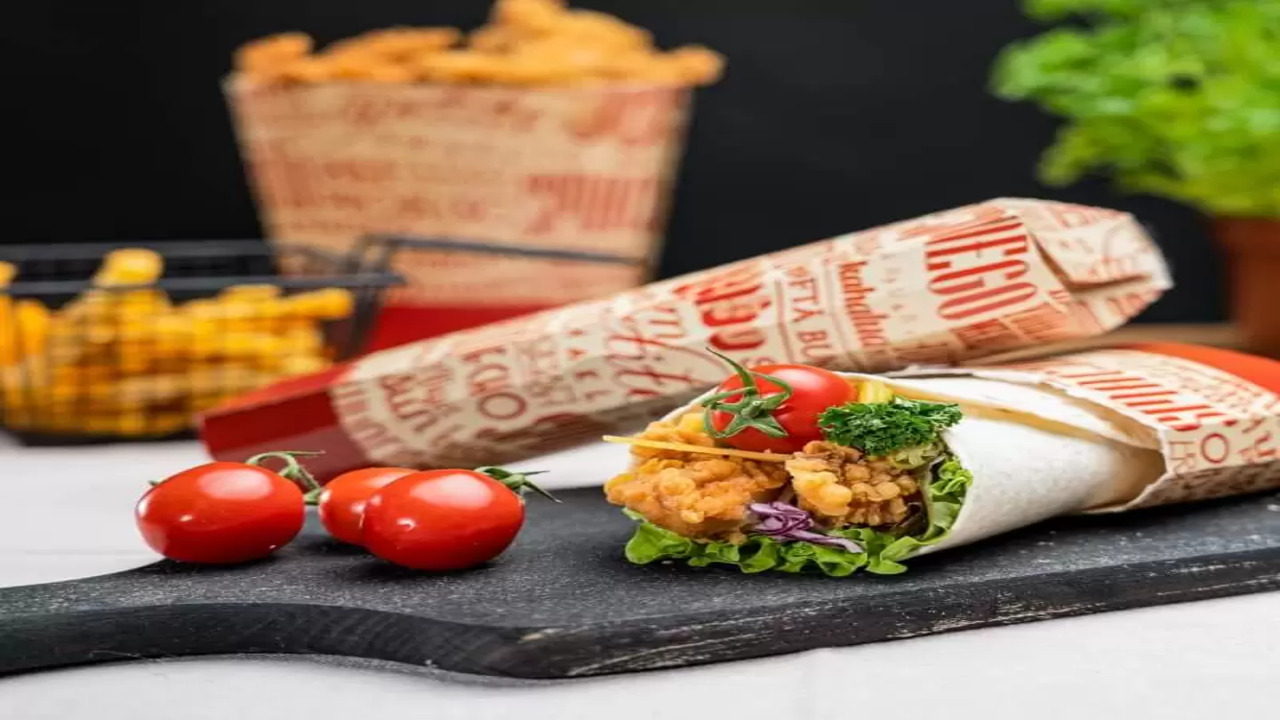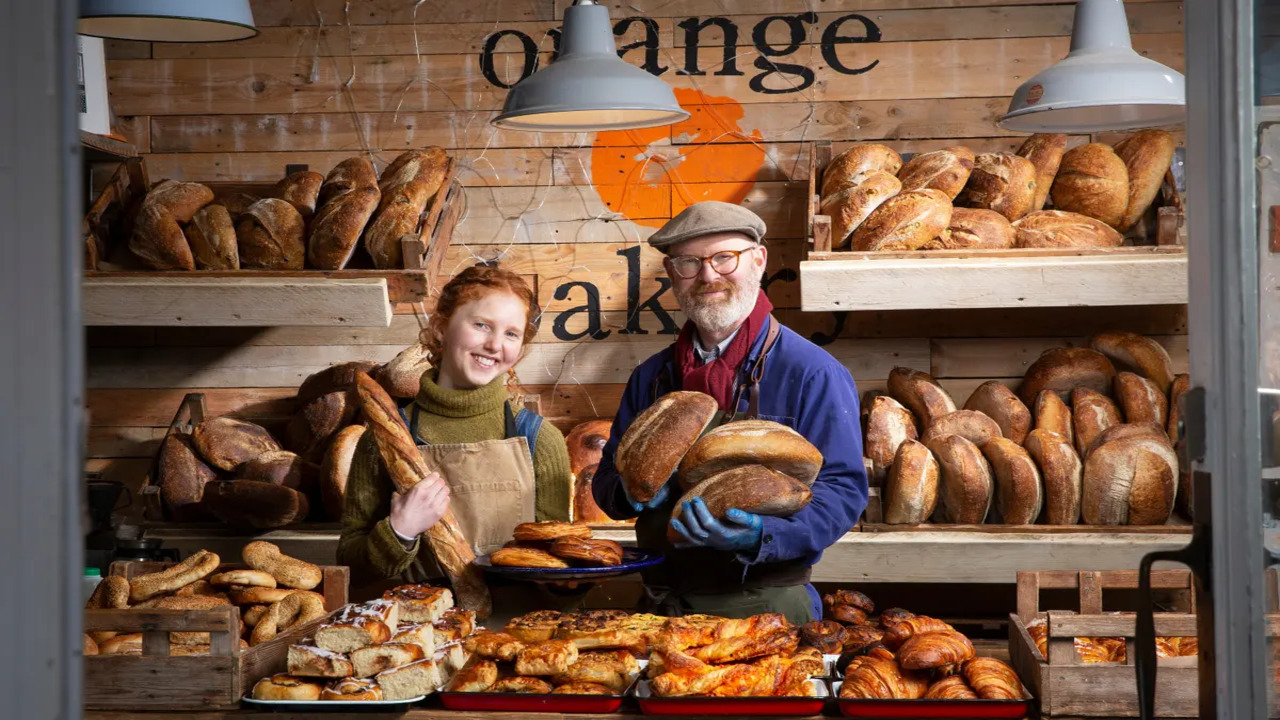Fresh pastries and bread are delicious treats that can add flavour and excitement to any meal or snack. At the same time, we all know how important maintaining a healthy and balanced diet is.
That’s why it’s crucial to know how to store freshly baked pastries and bread to maintain their texture and taste while preserving their nutritional value. Whether you’re an experienced chef or a novice baker, knowing how to store your baked goods can help you maximize their shelf life and ensure that you always have fresh, healthy options at your fingertips.
We’ll explore the best practices for storing freshly baked pastries and breads. However, we’ll cover various topics, including the importance of temperature, humidity, and packaging materials. We’ll also discuss the benefits of freezing your baked goods and how to defrost them for optimal taste and texture properly.

Tools And Equipment Needed For Baking Pastries And Breads
- Mixing Bowls
- Measuring Cups and Spoons
- Kitchen Scale
- Whisk
- Spatulas
- Wooden Spoon
- Rolling Pin
- Pastry Brush
- Pastry Cutter or Bench Scraper
- Dough Scraper
- Baking Sheets and Pans
- Cooling Rack
- Pastry Bags and Tips
- Bread Lame or Sharp Knife
- Oven Thermometer
- Pastry Mat
- Parchment Paper
- Cooling and Storage Containers
- Stand Mixer or Hand Mixer
- Bread Proofing Basket
A Process Of Store Freshly Baked Pastries And Breads In 7 Steps

Freshly baked pastries and breads are essential because they offer a delightful sensory experience with their warm, inviting aroma and mouthwatering taste. They provide nourishment and comfort and can be enjoyed as a treat or part of a wholesome meal. Their freshness and quality contribute to a satisfying culinary experience.
1. Cool The Baked Goods:
After baking, it is important to cool freshly baked pastries and bread before storing them. Cooling allows the excess moisture to evaporate and prevents condensation, which can lead to sogginess and spoilage. Place the baked goods on wire racks or parchment paper-lined surfaces to cool completely.
Avoid stacking them immediately as it can trap heat and moisture, causing them to become soggy. Once cooled, you can wrap them tightly in plastic wrap or store them in airtight containers to maintain their freshness. Proper cooling ensures that the pastries and bread retain their texture and flavor, making them a delightful treat when consumed later.
2. Wrap Or Package:

Once the baked goods have cooled completely, tightly wrap them in plastic or airtight containers. This helps to retain moisture and prevent them from drying out. Additionally, it safeguards them from exposure to air, which can lead to staleness. Choose appropriate storage containers, such as bread boxes or pastry containers with separate compartments for individual pastries.
These containers will protect their shape and texture. If you plan to store them longer, consider freezing them in freezer-safe bags or containers, properly labelled with the date. Proper wrapping or packaging of freshly baked pastries and bread is crucial in maintaining their quality and extending their shelf life.
3. Consider Freezing:
Freezing freshly baked pastries and bread is a great way to extend their shelf life and ensure their long-term freshness. Before freezing, allow the baked goods to cool completely. Wrap them tightly in plastic wrap or in freezer-safe bags or containers to protect them from freezer burn and moisture loss. Label each item with the date for easy tracking.
When ready to enjoy, thaw the frozen pastries and bread at room temperature or reheat them in the oven for a few minutes to restore their crispness and texture. It’s important to note that not all pastries and bread freeze well, particularly those with delicate fillings or toppings. However, for most bread and pastries, freezing is an effective method to preserve their taste and quality for longer.
4. Choose Appropriate Storage Containers:
Choosing appropriate storage containers is essential when storing freshly baked pastries and bread. The right containers help maintain the quality and freshness of your baked goods.
For bread, consider using a bread box or airtight containers that provide enough space to prevent squishing or deformation. These containers should have a tight seal to keep the bread moist but not too humid.
For pastries, opt for containers with separate compartments to prevent them from sticking together and losing shape. Clear containers are helpful for easy identification and visual appeal.
Ensure the containers are clean and dry before storing your baked goods to prevent contamination. By selecting the right storage containers, you can preserve the deliciousness of your freshly baked pastries and bread for longer periods.
5. Store At Room Temperature Or In The Freezer:
Freshly baked pastries and bread can be stored at room temperature or in the freezer, depending on your needs. Room-temperature storage is suitable for consuming them within a day or two. Wrap them tightly in plastic wrap or airtight containers to maintain freshness. However, freezing is a great option to extend their shelf life.
Use freezer-safe bags or containers, and label them with the date. Freezing helps preserve their taste and texture. Just be aware that pastries with perishable fillings should be refrigerated.
Remember to store them in a cool, dry place away from direct sunlight. Whether you choose room temperature or the freezer, consume the pastries and bread within the recommended time for the best quality.
6. Avoid Direct Sunlight And Moisture:
Avoiding direct sunlight and moisture is essential to maintain the freshness and quality of freshly baked pastries and bread. Sunlight can cause baked goods to become dry, stale, and flavorless.
Exposure to sunlight can also lead to discoloration and changes in texture. Moisture, however, creates a favorable environment for mold growth, which can spoil the pastries and bread.
To prevent these issues, store the baked goods in a cool, dry place, such as a pantry or cupboard, away from windows or any other sources of sunlight. Additionally, ensure the storage containers are airtight to minimize exposure to humidity. By protecting the pastries and bread from direct sunlight and moisture, you can enjoy them at their best for an extended period.
7. Consume Within Recommended Time:
Consuming freshly baked pastries and bread within the recommended time is important to ensure optimal taste and quality. Over time, these baked goods can lose their freshness and texture, becoming stale or dry.
The recommended time for consumption may vary depending on the type of pastry or bread. Generally, consuming them within a few days of baking is best.
This allows you to enjoy their softness, moistness, and flavor at their peak. If you have a large batch or cannot finish them within the recommended time, consider freezing them to extend their shelf life. Always check for any specific storage instructions or expiration dates provided with your baked goods to ensure the best possible experience when consuming them.
Decorating And Presentation Techniques
Decorating and presentation techniques are essential for making something look visually appealing. Whether it’s a room, a dish, or a work of art, how it is presented can greatly impact how it is perceived. In interior design, decorating techniques transform a space from dull and uninviting to warm and welcoming.
Using color, texture, and pattern can create a cohesive and visually interesting look. The placement of furniture and accessories can also affect how a room feels and functions. In the culinary world, presentation techniques can elevate a dish from simply being delicious to a work of art. How food is plated can enhance its flavors and create a memorable dining experience.
Recipes For Classic And Modern Pastries And Breads

Whether you have a sweet tooth or love savory treats, there’s nothing like the smell of freshly baked pastries and bread wafting through the air. From classic favorites like croissants and sourdough bread to more modern creations like cronuts and babka, there’s no shortage of delicious recipes to try your hand at.
And let’s not forget about the world of bread – from crusty baguettes to soft brioche loaves, there’s something for everyone. Whether you’re a seasoned baker or just starting out, there’s no better feeling than pulling a perfect loaf of bread or a tray of beautifully baked pastries out of the oven.
Conclusion
Properly storing freshly baked pastries and breads is essential to maintain their quality and extend their shelf life. Following the tips and techniques discussed above, you can ensure that your baked goods remain fresh, moist, and delicious for longer periods.
Whether you’re a professional baker or a home cook, proper storage is a must for healthy and enjoyable food. So, take the time to store your baked goods correctly, and you’ll be rewarded with tasty treats that last longer and stay fresh.
FAQ
1.How Should I Store Freshly Baked Pastries And Bread To Keep Them Fresh?
Ans: To ensure your food items stay fresh for as long as possible, it’s essential to wrap them tightly in plastic wrap or store them in airtight containers at room temperature. Be sure to check the expiration date on the packaging, and if the item doesn’t have a shelf life label, consume it within 2-3 days for optimal freshness.
2.How Long Can I Store Pastries And Bread At Room Temperature?
Ans: Freshly baked pastries and bread can be stored at room temperature for up to 2-3 days if kept in an airtight container and away from sources of heat or moisture. Additionally, to help the bread stay fresh, it should not be left out in the open for long periods or be exposed to too much oxygen.
3.What’s The Best Way To Thaw Frozen Pastries And Bread?
Ans: Thaw them at room temperature or in the refrigerator. Avoid using a microwave, as it can make them soggy. This will help to preserve the flavor and texture of the food. Alternatively, you could place them in a bowl of cold water and let them thaw at room temperature.
4.Can I Store Different Types Of Pastries And Bread Together?
Ans: It’s generally recommended to store different types separately to prevent flavors from transferring. For example, you should store fruits and vegetables separately from cooked meals, as the stronger aromas from the cooked foods can taint the fresher items.
5.How Can I Tell If Pastries And Bread Have Gone Bad?
Ans: Look for signs of mold, an off smell, or a significant change in texture. If in doubt, it’s safer to discard them.

I’m a writer and blogger who loves to talk about entertainment, culture, and relationships. I love to share my thoughts and insights on these topics, and I’m always looking for new ways to engage with my readers. I’m also a big fan of learning new things, so I’m always exploring new areas of interest.
